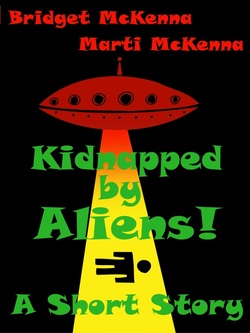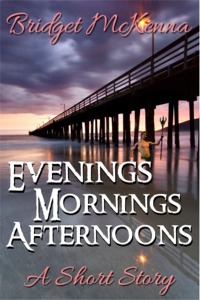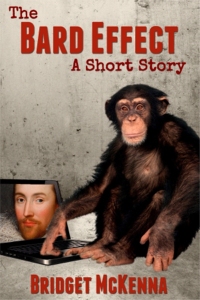
In keeping with my policy of providing the “writing-of” afterword to each republished story here, what follows is my latest afterword, “Writing The Little Things.” I hope you enjoy it, and of course if it makes you want to spend 99c to buy the story, so much the better.
Writing "The Little Things"
Many years ago I first read about the annual red crab migration on Christmas Island. It was in National Geographic, accompanied by some amazing photos of roads and streets and the stairs of public buildings entirely covered in masses of fortunately vegetarian crabs, while the islanders went about their daily business, albeit carefully.
Christmas Island is a little speck in the Indian Ocean northwest of Australia, just 135 square kilometers in area. For comparison, Seattle—where I live—is a slightly larger speck with an area barely more than 150 square km.
Fifty million or so Christmas Island red crabs, Gecarcoidea natalis, live on Christmas Island under the cover of the forest canopy. For ten months of any year, they are seldom seen unless one is looking for them. But every year from October through November (and sometimes into December), every able-bodied red crab on the island leaves its forest home and heads for the sea to mate.
Over half of the island is an Australian national park, the crabs are protected by law, and many roads are closed to vehicular traffic during the migration. That said, an estimated two million crabs a year are squashed by automobiles, and you may be sure many are eagerly snapped up by other types of predators, too. Tens of millions eventually reach their mating coves at the ocean’s edge, where each female discharges about 100,000 eggs into the sea. The survivors will later form a millions-strong reverse migration back into the forest.
So that’s the part about the crabs. Look ’em up. There are videos. It’s amazing.
This is the part about the fairies.
In 1990, Walt Disney re-released its 1940 animated film Fantasia to 500 theaters across the U.S. I remember sitting in the darkened cinema watching a sequence early in the film set to Tchaikovsky’s “Dance of the Sugar Plum Fairy.” In this part of the film, tiny, slender winged creatures dance through the air, sprinkle flowers with dew, and generally flit about looking charming. It really is quite a lovely bit of Disney animation. My favorite part is where the fairies bedew a spider’s web and make it sparkle like some fine lady’s gems.
I have watched this film since, and haven’t yet been able to pinpoint where what I saw might have reminded me of the red crab migration, and made me think “Yeah, but they wouldn’t look so cute if there were about fifty million of them.”
My mind began to do that thing writers’ minds do, and by the time I arrived home, I had begun to imagine a fairy migration to rival anything Christmas Island had ever seen. Only instead of an expected annual event, this one would be the entirely unexpected revival of an endangered species, and the affected people would be entirely unprepared for the complete and utter invasion of another life form into their normally uneventful lives.
And so grew the sleepy village of Morgan’s Glen, where fairies exist in picture-books, and in the fond memories of old people like Miranda Morgan, who actually saw one when she was six or seven. And into that first day of seeing fairies in the world again came Martin Price, Miss Morgan’s gentle gardener and driver, who has never done anything more violent than to set ladybugs out to eat aphids. Cook and Willamena settled into the basement kitchen to round out Miss Morgan’s minimal staff, and Mr. Pennyford and Joey Stanleigh appeared magically when needed to provide a slightly different point of view on the desirability of having fairies around.
Writing a story—even when no fairies are involved—is always a sort of magical act. Since the time I wrote “The Little Things,” I have written to order for book and game franchises, and for theme anthologies. That sort of writing can easily seem cut and dried as you begin it, but no matter how a story is called into being, some sort of creative magic arrives at some point and takes over the process. If it did not, you’d end up with a collection of sentences and paragraphs without any real life in them, and no-one—no matter how devoted to the franchise—would care to read it.
This story felt magical to me from the opening paragraph through to the last words on the last page. I made some minor revisions for Kris Rusch after sending it to her at Fantasy & Science Fiction, adding the scene where Martin and Miss Morgan discuss her reluctance to reveal the “Morgan family secret” to help the village dig out from under the fairies, and deleting a scene where Miss Morgan appears at a second town council meeting. Kris thought the scene seemed tacked on and unnecessary, and indeed it did. Good editors are worth their weight in anything you’ve got, and she’s among the best.
So there you have the story, and the story behind the story. Writing “The Little Things” was one of the most enjoyable experiences I ever had writing a piece of short fiction. I think Martin and the fairies must have done the work, and I had all the fun.





























 RSS Feed
RSS Feed




